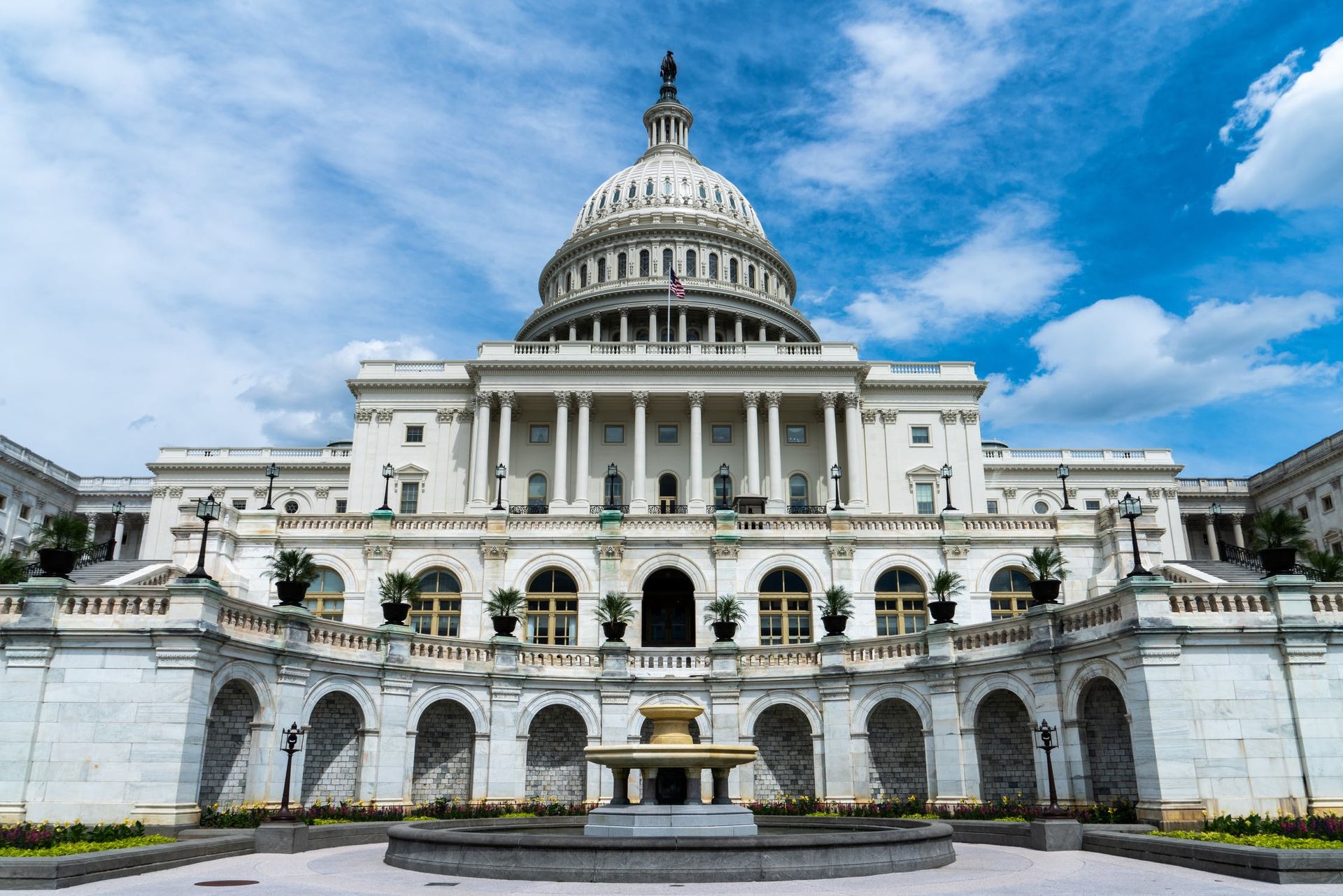The House Energy and Commerce Committee passed its budget reconciliation bill on May 14 with a 30-24 vote after a May 13th markup of the previous draft version. The current version of the bill would require states to adopt community engagement requirements for able-bodied adults without dependents on Medicaid.
The current version specifies community engagement requirements under 'Subpart D—Increasing Personal Accountability' that could be met by doing any of the following activities for 80 hours a month:
- working,
- doing community service,
- participating in a work program,
- enrolling in an educational program, or
- doing a combination of these activities.
The bill also includes provisions for exempting caregivers, dependent children, people with disabilities, people who are pregnant, and several other groups.
This committee version of the bill is not final, and the provisions may be changed when it is included in the omnibus version compiled by the House Budget Committee or the final version debated on the House floor. The House Budget Committee markup on the omnibus budget reconciliation bill was scheduled for Friday, May 16. See below for more information on the budget reconciliation process.
Where is the fight?
Four administration officials, including Secretary of health and human service Robert F. Kennedy Jr, Administrator of the Center for Medicare and Medicaid Services; Mehmet Oz, Secretary of agriculture; Brooke Rollins, and Secretary of housing and urban development; Scott Turner wrote in support of work requirements, "Establishing universal work requirements for able-bodied adults across the welfare programs we manage will prioritize the vulnerable, empower able-bodied individuals, help rebuild thriving communities and protect the taxpayers."
The Center on Budget and Policy Priorities opposed the proposed work requirements, stating they would result in coverage losses for many, including those the bill exempts, because of red tape and a lack of automatic exemptions for certain populations.
How does the Budget Reconciliation work?
Budget resolutions are resolutions that broadly outline spending priorities for a reconciliation bill.
Budget reconciliation begins with reconciliation directives that are included in a budget resolution. These directives instruct certain committees to draft legislation with a specified budgetary impact. Click here to read more about the specific reconciliation directives given to each committee.
The Senate voted 51-48 to adopt an amended version of H.Con.Res.14 on April 5, 2025, and on April 10, the House voted to adopt the Senate-amended version of HCon.Res.14, completing the first step in the budget resolution process.
These committees then meet to amend and pass the legislation that complies with the reconciliation directives.
After the committees pass their bills out of committee, the Budget Committees of the House and Senate compile these bills into omnibus budget reconciliation bills. Eleven House committees and ten Senate committees received reconciliation directives in the final budget resolution for 2025. These omnibus bills will then be debated on the floors of both chambers, and if the House and Senate pass the same version of the bill, it is sent to the president to be signed or vetoed.
Reconciliation bills are unique in the Senate because they can be moved to a floor vote and passed by a simple majority, bypassing the 60% cloture requirement. This is because they are not subject to the filibuster due to the 20-hour time limit on floor debate and the requirement that any proposed amendments be relevant.
The reconciliation process does not affect procedures in the House as much as in the Senate because the House does not have the 60% cloture requirement for ending debate and bringing a bill to the floor for a vote as the Senate does. During the consideration of reconciliation bills as with other significant legislation, the House Rules Committee usually sets limitations for debate and amendments.
What is the Byrd Rule/Byrd Bath?
Because budget reconciliation is supposed to be used to enact changes in spending, revenues, or the debt limit, the Byrd Rule, found in 2 U.S. Code § 644, provides senators with a mechanism for enforcing this. If any Senators believe provisions in the reconciliation omnibus bill or in proposed amendments to the bill are extraneous to the reconciliation directives, they can raise a point of order under the Byrd Rule.
A point of order under the Byrd Rule is a motion to delete the specified provision before consideration is resumed. The Vice President as the presiding officer of the Senate rules on Byrd Rule points of order. The Senate Parliamentarian advises the Vice President on Byrd Rule points of order.
Through what is referred to as the Byrd Bath, the Senate Parliamentarian can also preemptively advise committees and legislators on the content of reconciliation bills and whether they are likely to meet the requirements of the Byrd Rule before the legislation comes to the floor.
In the past, the most common reasons provisions have been struck from budget reconciliation bills under the Byrd Rule are:
- that they created no change in budgetary outlays or revenues,
- that their budgetary changes were merely incidental to their non-budgetary components, and
- that the proposed legislation was outside of the committee’s jurisdiction.
What happens next?
Though the budget reconciliation bill has no technical due date, the Full-Year Continuing Appropriations and Extensions Act (HR 1968) only funds the federal government through September 30 of this year. At that point, Congress would have to pass the budget reconciliation bill or another continuing resolution to fund the Federal government.
Additional reading:


